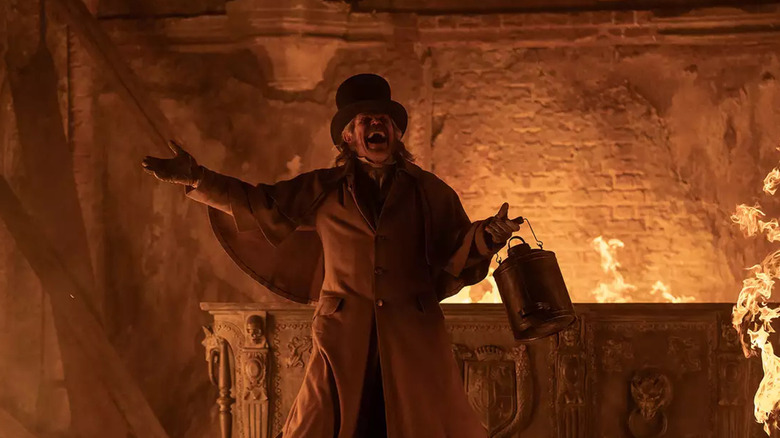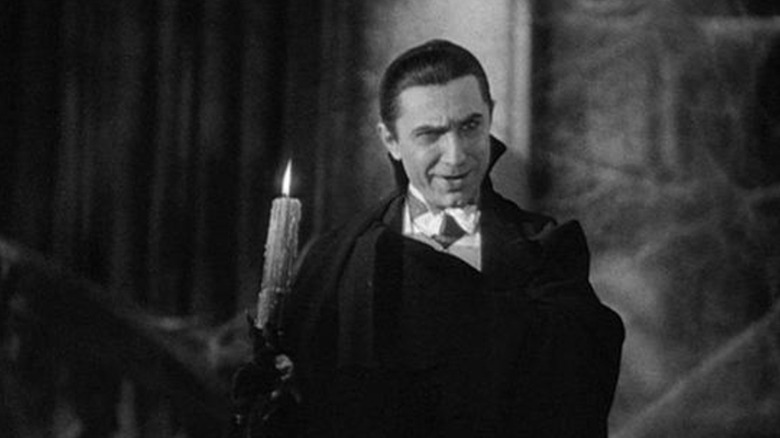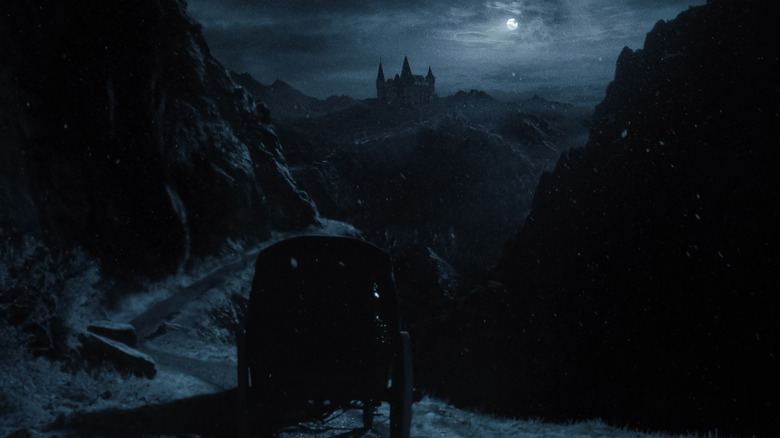In 2024 we don’t have to try to create vampires. It’s been going on for at least a century, and it’s still happening: stories about vampires have permeated almost every medium in existence. Oddly enough, however, we may have to work a little harder to produce it The Vampires are happening again – like in the most legendary bloodsucker of all: Dracula.
To be fair, it may not be Dracula himself whose popularity is declining, but rather Films about him. Since his screen debut in the lost film The Death of Dracula in 1921, barely a decade has passed without an iteration of the Count appearing in theaters, which is partly why the character has seen so many different iterations. Like all fictional creations designed to last, Dracula survives by embracing change. However, there can always be too much of a good thing; The last few films in which the Count played a prominent role failed to delight critics, fans or the box office, and that may be because each of these films distorts the character of Dracula to the point where he, well, isn’t quite himself like Dracula feels more.
This month “Nosferatu” The film, written and directed by Robert Eggers, appears at first glance to be another radical interpretation of the character – after all, this is not Dracula per se, but Count Orlok, with Eggers using the name that Henrik Galeen and FW Murnau for their 1922 version of Stoker’s novel, which was changed due to the film’s unauthorized status as an adaptation. But Eggers’ film doesn’t want to differentiate itself from previous Draculas; Rather, it completely encompasses the character and his story, so much so that it could very well be the ultimate “Dracula” film.
The Plight of the Universal Dracula
One of the reasons Dracula’s cinematic influence appears to have diminished recently is its relationship with Universal Pictures. Although the studio has no ownership rights to the character, they tend to act the way they do considering how iconic and immortal Bela Lugosi’s portrayal of the Count in Tod Browning’s 1931 Dracula is. Universal went to great lengths to keep Dracula active, even going so far as to license Hammer Films’ 1958 Dracula for international distribution. After the first Universal Monster Cycle and the Hammer Cycle were completed, Universal supported a film version of the then-new adaptation of the original Broadway play, which Browning adapted in 1931 and became Dracula in 1979, directed by John Badham. In the same year, Werner Herzog shot the film “Nosferatu the Vampyre”, distributed by 20th Century Fox, in which all Stoker characters were named again.
The 1980s saw vampires evolve into a more postmodern phase, which left Dracula feeling antiquated and childish (the character’s biggest appearance was in 1987’s The Monster Squad). 1992’s Bram Stoker’s Dracula marked the character’s rise into the more adult ’90s, but was distributed by Columbia rather than Universal. After Miramax and New Line Cinema toyed with a cutting-edge, hip Dracula in the Dracula 2000 and Blade series, Universal tried to bring back their Dracula in 2004 by handing the reins to Stephen Sommers and Van Helsing. This marks the beginning of her difficulties in trying to revive the character. Although the character never left the screen for the next decade, Universal tried again only with 2014’s Dracula Untold, a film that would have started the Dark Universe horror film universe had it not underperformed would have.
After The actual “Dark Universe” also collapsedUniversal waited until 2023 to try to bring back Dracula with the one-two punch of “Renfield” And “The Last Voyage of Demeter.” The films couldn’t be more different in their portrayal of the character; Nicolas Cage in Renfield is a fanged evil boss/poisonous friend, and Javier Botet in Demeter is a mostly animalistic creature who feeds on his prey. Audiences couldn’t connect with either the R-rated comedy Dracula or the sinister monster Dracula, and that’s perhaps why this year’s “Abigail” originally intended as a riff on “Dracula’s Daughter”, attempted to distance itself from the character’s name and legacy.
Eggers pays tribute to everything from Browning to Hammer to Coppola
With Eggers’ Nosferatu, Universal will finally (hopefully) have the last laugh, as the film will be distributed by their Focus Features division. Instead of trying to subvert or completely reinvent the character of Dracula, Eggers and actor Bill Skarsgård decided to make their Count Orlok the quintessential Dracula of all time. That’s not to say that the film or Orlok’s depiction is a grand homage or reference; Eggers is too much of an original artist for such laziness. In fact, what he’s doing with “Nosferatu” is largely the same thing he’s done in his previous films “The Witch,” “The Lighthouse” and “The Northman,” namely incorporating elements from a variety of historical and pre-existing sources take over and use them in a new cinematic stew.
For “Nosferatu” these sources are Stoker’s novel, various myths about the vampire legend, Transylvania properand of course the great films “Dracula” from the last 100 years. Present in the film are the cool severity of Murnau, the Gothic grandeur of Browning, the Grand Guignol of Hammer, the opulent madness of Badham, the contemplation of Herzog and the eroticism and theatricality of Coppola. In addition to drawing on the character’s cinematic heritage, Eggers and Skarsgård also make Orlok a convincingly ambiguous character in order to incorporate as many facets of Dracula into his portrayal as possible. He is a grounded person with his own needs and desires, but at the same time he is also a supernatural being whose abilities and influence are frighteningly powerful. In other words, he’s both likeable and detestable, a combination that makes him a fascinatingly compelling character.
Most importantly, “Nosferatu” does not attempt to undermine Dracula or the mythos surrounding him. The film has its own mythology about Orlok’s methodology and the ways in which he can be defeated, but it never feels like Eggers is winking at the audience or trying to justify antiquated lore. That’s because his Nosferatu is a film born out of a genuine desire to explore the characters and themes of the story, rather than mocking Dracula, subverting him, or starting a new franchise. It’s an honest, creative interpretation, and as it turns out, that’s all Dracula really needed to be truly scary again.
“Nosferatu” is playing in cinemas everywhere.








